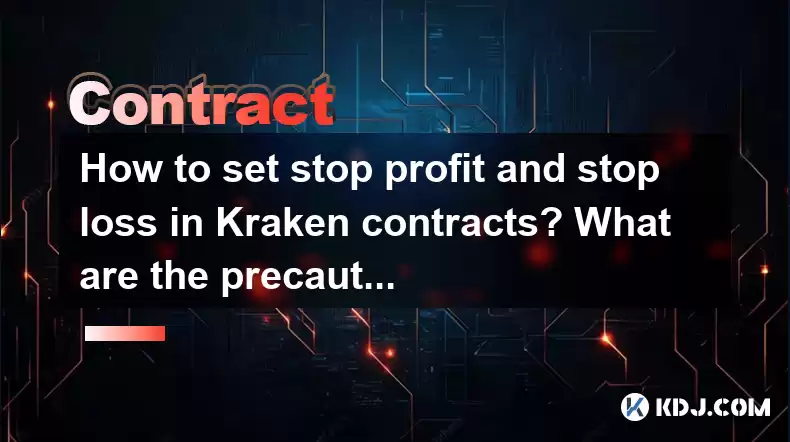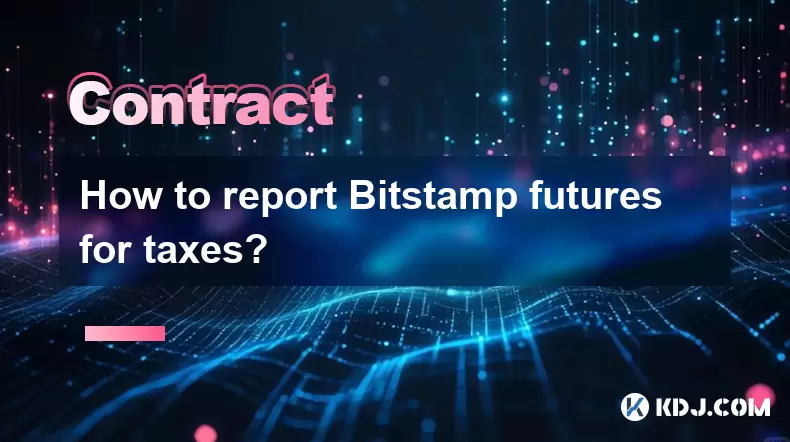-
 Bitcoin
Bitcoin $115200
0.71% -
 Ethereum
Ethereum $3716
6.25% -
 XRP
XRP $3.076
5.28% -
 Tether USDt
Tether USDt $0.0000
0.00% -
 BNB
BNB $766.7
1.87% -
 Solana
Solana $168.5
4.16% -
 USDC
USDC $0.9999
0.00% -
 TRON
TRON $0.3326
1.79% -
 Dogecoin
Dogecoin $0.2093
5.14% -
 Cardano
Cardano $0.7543
4.02% -
 Stellar
Stellar $0.4147
4.43% -
 Hyperliquid
Hyperliquid $38.59
0.71% -
 Sui
Sui $3.594
4.51% -
 Chainlink
Chainlink $17.13
5.12% -
 Bitcoin Cash
Bitcoin Cash $558.9
2.49% -
 Hedera
Hedera $0.2519
1.51% -
 Avalanche
Avalanche $22.91
7.05% -
 Ethena USDe
Ethena USDe $1.001
0.00% -
 Litecoin
Litecoin $120.3
10.01% -
 Toncoin
Toncoin $3.419
-4.46% -
 UNUS SED LEO
UNUS SED LEO $8.921
-0.34% -
 Shiba Inu
Shiba Inu $0.00001249
2.39% -
 Uniswap
Uniswap $9.944
8.41% -
 Polkadot
Polkadot $3.728
3.18% -
 Monero
Monero $308.0
1.78% -
 Dai
Dai $0.9998
-0.02% -
 Bitget Token
Bitget Token $4.389
1.58% -
 Pepe
Pepe $0.00001075
2.71% -
 Cronos
Cronos $0.1397
6.39% -
 Aave
Aave $269.7
3.95%
How to set stop profit and stop loss in Kraken contracts? What are the precautions for triggering conditions?
Set stop profit and stop loss orders on Kraken to manage risks in crypto trading; consider market volatility and liquidity to ensure effective order execution.
Apr 28, 2025 at 03:42 am

Trading on cryptocurrency platforms like Kraken can be both exciting and risky. One way to manage these risks is by setting stop profit and stop loss orders on your contracts. These tools can help you lock in profits and limit losses automatically. In this article, we'll explore how to set up stop profit and stop loss orders on Kraken contracts, as well as the precautions you need to consider when setting these triggering conditions.
Understanding Stop Profit and Stop Loss Orders
Before diving into the specifics of setting these orders on Kraken, it's important to understand what stop profit and stop loss orders are. A stop profit order, also known as a take profit order, is designed to close a position when it reaches a certain profit level. Conversely, a stop loss order is intended to close a position when it reaches a predetermined loss level. These orders help traders manage their risk by automatically executing trades at specified price points.
Accessing Kraken's Trading Platform
To set stop profit and stop loss orders on Kraken, you first need to access their trading platform. Here's how you can do it:
- Log into your Kraken account. If you don't have an account, you'll need to create one.
- Navigate to the trading section. This can typically be found under the "Trade" or "Spot Trading" tab on the Kraken website or app.
- Select the cryptocurrency pair you want to trade. For example, if you're trading Bitcoin against USD, you would select the BTC/USD pair.
Setting Up a Stop Profit Order on Kraken
Once you're in the trading section, setting up a stop profit order involves a few straightforward steps:
- Choose the 'Order' tab on the trading interface.
- Select 'Stop Order' from the order type options.
- Set the trigger price. This is the price at which you want the order to be triggered. For a stop profit order, this would be a price higher than the current market price.
- Set the order price. This is the price at which the order will be executed once triggered. You can set this to be the same as the trigger price or different, depending on your strategy.
- Enter the amount of cryptocurrency you want to sell when the order is triggered.
- Review your order and click 'Submit' to place the stop profit order.
Setting Up a Stop Loss Order on Kraken
The process for setting up a stop loss order is similar to setting up a stop profit order, but with a few key differences:
- Choose the 'Order' tab on the trading interface.
- Select 'Stop Order' from the order type options.
- Set the trigger price. For a stop loss order, this would be a price lower than the current market price.
- Set the order price. This is the price at which the order will be executed once triggered. As with the stop profit order, you can set this to be the same as the trigger price or different.
- Enter the amount of cryptocurrency you want to sell when the order is triggered.
- Review your order and click 'Submit' to place the stop loss order.
Precautions for Triggering Conditions
When setting stop profit and stop loss orders, there are several precautions you should keep in mind to ensure your orders are triggered as intended:
- Market Volatility: Cryptocurrency markets can be highly volatile. Sudden price swings can cause your stop orders to be triggered at less favorable prices than anticipated. Consider setting your trigger prices with a buffer to account for this volatility.
- Slippage: Slippage occurs when there's a difference between the expected price of a trade and the price at which the trade is executed. In fast-moving markets, slippage can be significant, so it's important to understand that your stop orders may not be filled at your specified price.
- Liquidity: Ensure that the cryptocurrency pair you're trading has sufficient liquidity. Low liquidity can result in larger slippage and may prevent your stop orders from being filled at all.
- Order Types: Kraken offers different types of stop orders, such as stop-limit and stop-market orders. A stop-limit order will only be executed at a specified price or better, while a stop-market order will be executed at the best available price once triggered. Choose the order type that best suits your trading strategy.
- Monitoring: Even with stop orders in place, it's important to monitor your trades. Market conditions can change rapidly, and you may need to adjust your stop orders accordingly.
Adjusting and Canceling Stop Orders
If you need to adjust or cancel your stop orders, you can do so easily on Kraken:
- Navigate to the 'Orders' tab in the trading section.
- Find your stop order in the list of active orders.
- Click on the order to view the details.
- To adjust the order, change the trigger price, order price, or amount as needed, and click 'Update'.
- To cancel the order, click 'Cancel' and confirm the cancellation.
Frequently Asked Questions
Q: Can I set multiple stop profit and stop loss orders for the same position on Kraken?
A: Yes, you can set multiple stop orders for the same position. However, be aware that once one stop order is triggered and executed, the others will no longer apply to that position.
Q: What happens if the market price gaps through my stop price on Kraken?
A: If the market price gaps through your stop price, your order will be triggered at the next available price. This can result in slippage, where the execution price is different from your specified stop price.
Q: Does Kraken charge fees for stop profit and stop loss orders?
A: Kraken charges trading fees based on your trading volume and the type of order you place. Stop profit and stop loss orders are subject to these standard trading fees once they are executed.
Q: Can I set stop profit and stop loss orders for futures contracts on Kraken?
A: As of the latest information, Kraken primarily focuses on spot trading. If you're interested in futures trading, you may need to check if Kraken has introduced this feature or look at other platforms that offer cryptocurrency futures trading with stop orders.
Disclaimer:info@kdj.com
The information provided is not trading advice. kdj.com does not assume any responsibility for any investments made based on the information provided in this article. Cryptocurrencies are highly volatile and it is highly recommended that you invest with caution after thorough research!
If you believe that the content used on this website infringes your copyright, please contact us immediately (info@kdj.com) and we will delete it promptly.
- Cryptocurrency, Altcoins, and Profit Potential: Navigating the Wild West
- 2025-08-04 14:50:11
- Blue Gold & Crypto: Investing Disruption in Precious Metals
- 2025-08-04 14:30:11
- Japan, Metaplanet, and Bitcoin Acquisition: A New Era of Corporate Treasury?
- 2025-08-04 14:30:11
- Coinbase's Buy Rating & Bitcoin's Bold Future: A Canaccord Genuity Perspective
- 2025-08-04 14:50:11
- Coinbase's Buy Rating Maintained by Rosenblatt Securities: A Deep Dive
- 2025-08-04 14:55:11
- Cryptos, Strategic Choices, High Returns: Navigating the Meme Coin Mania
- 2025-08-04 14:55:11
Related knowledge

Why is my Bitstamp futures position being liquidated?
Jul 23,2025 at 11:08am
Understanding Futures Liquidation on BitstampFutures trading on Bitstamp involves borrowing funds to open leveraged positions, which amplifies both po...

How to report Bitstamp futures for taxes?
Jul 30,2025 at 08:35am
Understanding Bitstamp Futures and Taxable EventsWhen trading Bitstamp futures, it’s essential to recognize that these financial instruments are treat...

Does Bitstamp offer inverse contracts?
Jul 23,2025 at 01:28pm
Understanding Inverse Contracts in Cryptocurrency TradingIn the realm of cryptocurrency derivatives, inverse contracts are a specific type of futures ...

What is the difference between futures and perpetuals on Bitstamp?
Jul 27,2025 at 05:08am
Understanding Futures Contracts on BitstampFutures contracts on Bitstamp are financial derivatives that allow traders to speculate on the future price...

How to find your Bitstamp futures trade history?
Jul 23,2025 at 08:07am
Understanding Bitstamp and Futures Trading AvailabilityAs of the current state of Bitstamp’s service offerings, it is critical to clarify that Bitstam...

Can I use a trailing stop on Bitstamp futures?
Jul 23,2025 at 01:42pm
Understanding Trailing Stops in Cryptocurrency TradingA trailing stop is a dynamic type of stop-loss order that adjusts automatically as the price of ...

Why is my Bitstamp futures position being liquidated?
Jul 23,2025 at 11:08am
Understanding Futures Liquidation on BitstampFutures trading on Bitstamp involves borrowing funds to open leveraged positions, which amplifies both po...

How to report Bitstamp futures for taxes?
Jul 30,2025 at 08:35am
Understanding Bitstamp Futures and Taxable EventsWhen trading Bitstamp futures, it’s essential to recognize that these financial instruments are treat...

Does Bitstamp offer inverse contracts?
Jul 23,2025 at 01:28pm
Understanding Inverse Contracts in Cryptocurrency TradingIn the realm of cryptocurrency derivatives, inverse contracts are a specific type of futures ...

What is the difference between futures and perpetuals on Bitstamp?
Jul 27,2025 at 05:08am
Understanding Futures Contracts on BitstampFutures contracts on Bitstamp are financial derivatives that allow traders to speculate on the future price...

How to find your Bitstamp futures trade history?
Jul 23,2025 at 08:07am
Understanding Bitstamp and Futures Trading AvailabilityAs of the current state of Bitstamp’s service offerings, it is critical to clarify that Bitstam...

Can I use a trailing stop on Bitstamp futures?
Jul 23,2025 at 01:42pm
Understanding Trailing Stops in Cryptocurrency TradingA trailing stop is a dynamic type of stop-loss order that adjusts automatically as the price of ...
See all articles

























































































